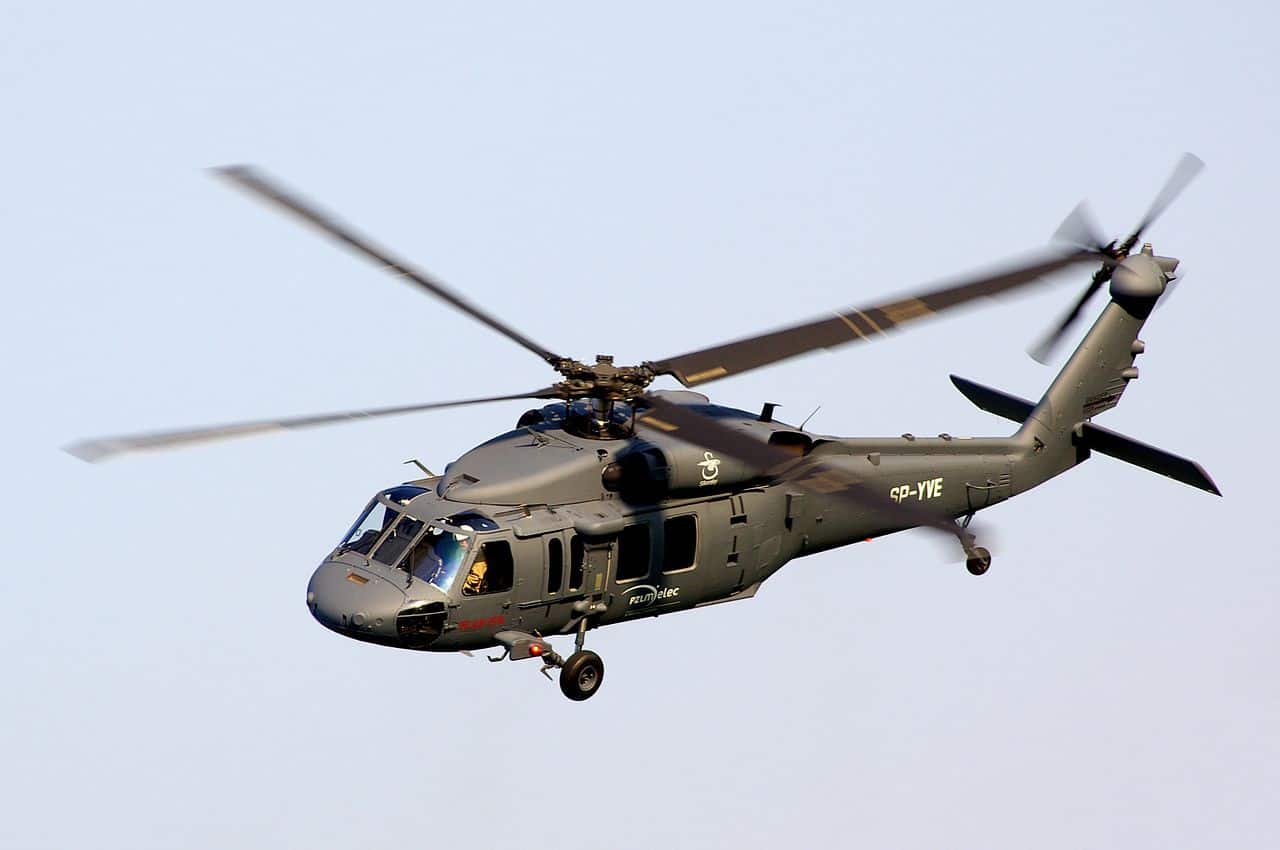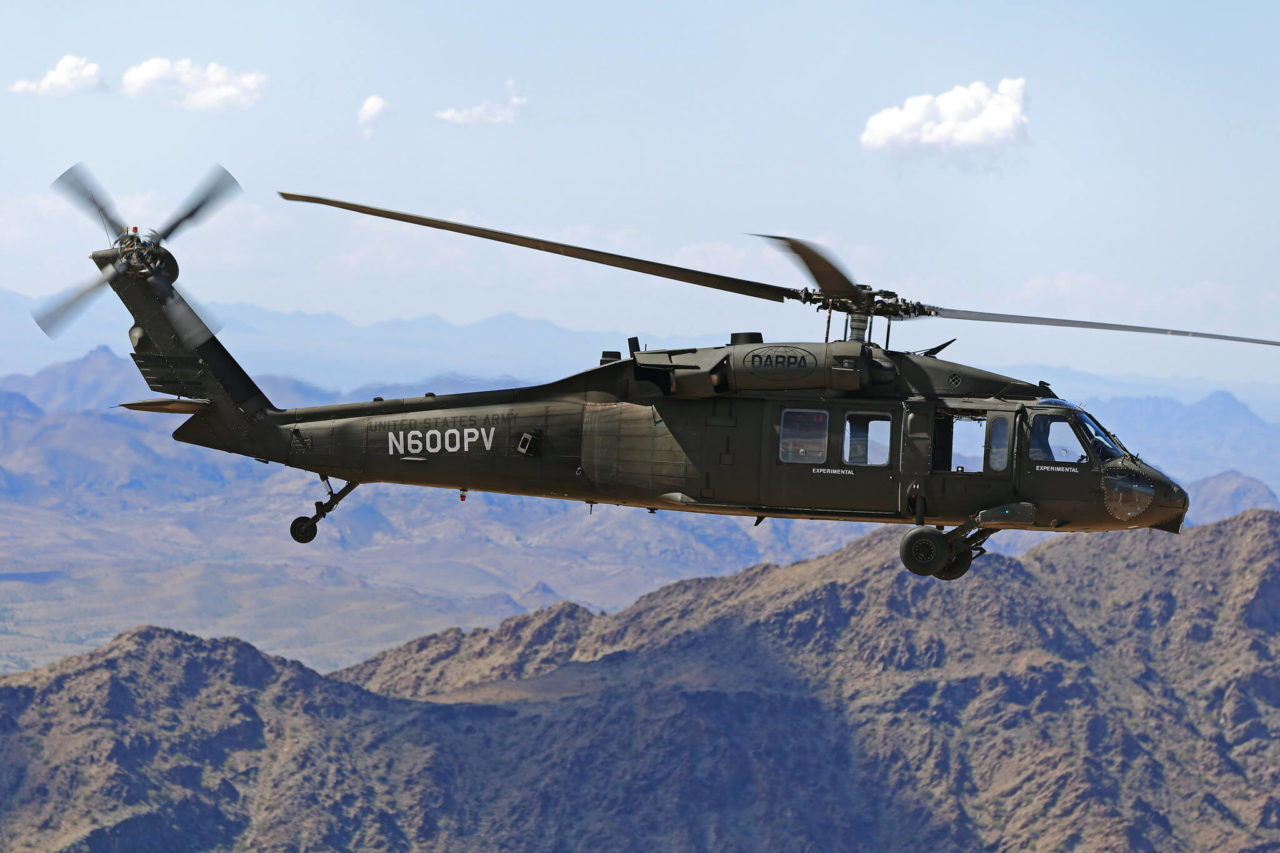Exploring the Capacities of the Sikorsky S 70: A Comprehensive Review
Exploring the Capacities of the Sikorsky S 70: A Comprehensive Review
Blog Article
Rotary-Wing Airplane Offering Superior Durability and Precision Engineering
In the realm of air travel, rotary-wing aircraft have long been acknowledged for their special capabilities in various functional settings. From army missions to noncombatant applications, the development of rotary-wing innovation has actually led the way for makers that provide unparalleled sturdiness and accuracy engineering. With improvements in products and building and construction methods, combined with sophisticated flight control systems, these aircraft have come to be important devices for tasks that require both effectiveness and accuracy. As we discover the complex equilibrium in between innovation and integrity in rotary-wing airplane, it ends up being apparent that the merging of advanced innovation and proven layout concepts has established a brand-new standard for efficiency and effectiveness in the aerospace industry.
Development of Rotary-Wing Modern Technology
Throughout the history of aviation, the development of rotary-wing technology has been a testament to continuous development and innovation in aeronautical design. From the early days of upright trip with simple designs to the advanced helicopters and other rotary-wing airplane these days, the progress in this area has been remarkable.
In the early 1900s, leaders like Igor Sikorsky and Juan de la Cierva made significant strides in rotary-wing innovation. Sikorsky's VS-300 helicopter, very first flown in 1939, noted a zero hour in the development of useful rotary-wing airplane. This success led the way for additional improvements in vertical trip capacities.

Today, rotary-wing aircraft play important roles in numerous industries, including military operations, emergency clinical services, law enforcement, and commercial transportation. The development of rotary-wing technology remains to press the boundaries of what is feasible in upright flight, ensuring that these aircraft stay indispensable properties in the aeronautics sector.
Materials and Building And Construction Innovations
Demonstrating a blend of sophisticated materials and precise construction strategies, rotary-wing aircraft have undergone substantial innovations in sturdiness and performance. One of the essential advancements in products used for rotary-wing aircraft is the enhancing application of composite products. These materials, such as carbon fiber strengthened polymers, use a high strength-to-weight ratio, boosting both the structural honesty and general efficiency of the airplane. Additionally, developments in making processes have enabled more detailed and specific building of rotary-wing parts, contributing to boosted aerodynamics and effectiveness.
In addition, the integration of advanced coverings and surface area therapies has actually played a critical role in boosting the longevity of rotary-wing airplane. These coverings offer security versus corrosion, abrasion, and severe weather problems, prolonging the life-span of the airplane and decreasing upkeep needs.
In regards to construction innovations, additive production, also referred to as 3D printing, has actually revolutionized the manufacturing of complicated elements for rotary-wing airplane. This innovation permits fast prototyping and modification, resulting in faster growth cycles and lowered prices. Overall, the constant evolution of materials and building techniques is driving the abilities and efficiency of rotary-wing aircraft to brand-new elevations.
Precision Flight Control Equipment

The assimilation of GPS technology additionally enhances the precision and integrity of these systems, enabling specific navigating, waypoint monitoring, and automated trip control. sikorsky s 70. This level of discover this accuracy not just enhances the safety and security of rotary-wing procedures but additionally boosts general functional effectiveness and objective efficiency
In addition, the continual improvements in expert system and device discovering have actually assisted in the growth of self-governing flight capacities within Accuracy Flight Control Equipment. This allows rotary-wing aircraft to perform complex missions with unequaled accuracy and uniformity, making them crucial properties in a large range of applications, consisting of army operations, search and rescue objectives, and aerial digital photography.
Sturdiness in Testing Atmospheres
Sought after operational settings, rotary-wing aircraft show exceptional strength and robustness, ensuring optimum efficiency under tough environmental conditions. These airplanes are developed to stand up to a wide variety of environmental factors, including severe temperature levels, high winds, and harsh terrain, making them appropriate for numerous missions in diverse landscapes.
One key factor adding to the resilience of rotary-wing aircraft is their rugged building. These airplanes are constructed using top notch products and progressed design strategies to improve their architectural try this stability and reliability. Additionally, components such as rotor blades, engine systems, and landing gear are diligently designed to withstand the stress and stress and anxieties come across throughout operations in challenging environments.
Furthermore, rotary-wing aircraft are outfitted with innovative onboard systems that keep an eye on performance metrics in real-time, permitting positive maintenance and early detection of potential issues - sikorsky s 70. This aggressive method helps prevent unforeseen failures and makes certain the ongoing airworthiness of the airplane in requiring functional setups. Generally, the longevity of rotary-wing aircraft in challenging environments is a testimony to their remarkable design and layout, making them crucial assets for different mission-critical procedures
Upkeep and Integrity Criteria
The adherence to rigid upkeep and dependability criteria is paramount in guaranteeing the ideal performance and safety of rotary-wing aircraft. Regular maintenance checks, conducted by certified service technicians, are necessary to identify and deal with any kind of prospective problems before they endanger the airplane's functionality. These checks encompass a thorough exam of all important elements, consisting of the engine, blades system, avionics, and hydraulic systems, to ensure that use this link they are in prime functioning condition.
In addition, adherence to arranged upkeep periods according to maker guidelines is essential for upholding the airplane's integrity. This positive approach assists protect against unanticipated breakdowns and guarantees that the aircraft continues to be airworthy for its designated missions. In addition, the execution of durable dependability criteria, such as regular component screening and replacement based on established lifecycles, better boosts the aircraft's reliability.
Verdict

Finally, the developments in rotary-wing airplane modern technology have actually brought about exceptional sturdiness and accuracy design. With ingenious materials and construction methods, in addition to accuracy trip control systems, these airplane can operate in tough settings with boosted dependability. The maintenance and reliability criteria guarantee that these rotary-wing aircraft remain to carry out at their ideal, making them important properties for various markets.
Showing a blend of cutting-edge products and exact construction techniques, rotary-wing aircraft have actually undergone substantial advancements in longevity and performance. One of the crucial advancements in products made use of for rotary-wing aircraft is the boosting use of composite products.With careful focus to information and advanced technological integration, rotary-wing airplane have actually embraced Accuracy Flight Control Equipment as a keystone of their functional quality. On the whole, the durability of rotary-wing airplane in tough environments is a testament to their remarkable design and layout, making them indispensable possessions for various mission-critical operations.
In final thought, the improvements in rotary-wing airplane technology have actually led to premium durability and precision design.
Report this page